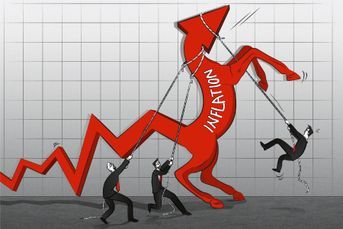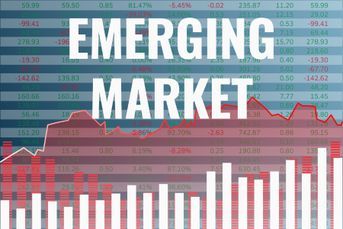S&P drops ESG scores from debt ratings

The company made the change in response to confusion among investors who use its corporate credit ratings.
S&P Global Inc. will no longer publish ESG scores along with its credit ratings, as the company adjusts its approach in response to investor feedback.
The update, which took place last Friday, was triggered by expressions of confusion from investors who use S&P’s corporate credit ratings, according to a person close to the process who asked not to be identified discussing feedback that hasn’t been made public.
A spokesperson for S&P referred to a statement in which the company said the “update does not affect our ESG principles, criteria or our research and commentary on ESG-related topics, including the influence that ESG factors can have on creditworthiness.”
The development comes as ratings providers try to navigate a changing landscape in which there’s little consensus on how to assess the long-term financial impact of environmental, social and governance factors on issuers.
S&P had sought to address such concerns a few years back by adding an alphanumerical scale intended to enhance its text descriptions of an issuer’s ESG credentials. That decision met with enough investor resistance to merit scrapping the alphanumerical model and instead publishing only text descriptions, the person said.
ESG indicators were introduced by S&P Global Ratings in 2021 following similar moves by Moody’s Investors Service and Fitch Ratings. They were meant to be easy-to-visualize scores that conveyed the relevance of environmental, social and governance factors in a credit rating analysis.
Especially when it comes to risks stemming from climate change, there’s evidence to suggest that ratings companies may be lagging behind. In a report published last September, the European Central Bank found that most ratings firms have made progress, but they still do a poor job of explaining their climate calculations, including transition and physical risk.
And economists at Cambridge University examining the impact of climate change on economic growth and sovereign debt markets found issuers may be facing billions of dollars in additional interest costs that credit ratings currently aren’t capturing.
However, S&P’s efforts to introduce an ESG scale to inform its debt ratings wasn’t universally understood by investors, the person familiar with the process said.
Meanwhile, S&P is among firms to have felt the ire of Republicans intent on banning ESG. Last year, Utah’s governor and its federal lawmakers objected to a decision by the company to publish ESG indicators for U.S. states, calling it an undue politicization of the ratings process.
S&P’s decision to update its approach to publishing ESG indicators is unrelated to political attacks or legal threats, the person said. The rating company’s ESG indicators include categories such as human rights, social integration, low-carbon strategies, climate measures and sustainable finance.
Citi Global Wealth CIO: Declining dollar, cheap valuations to boost foreign stocks in second
Learn more about reprints and licensing for this article.







